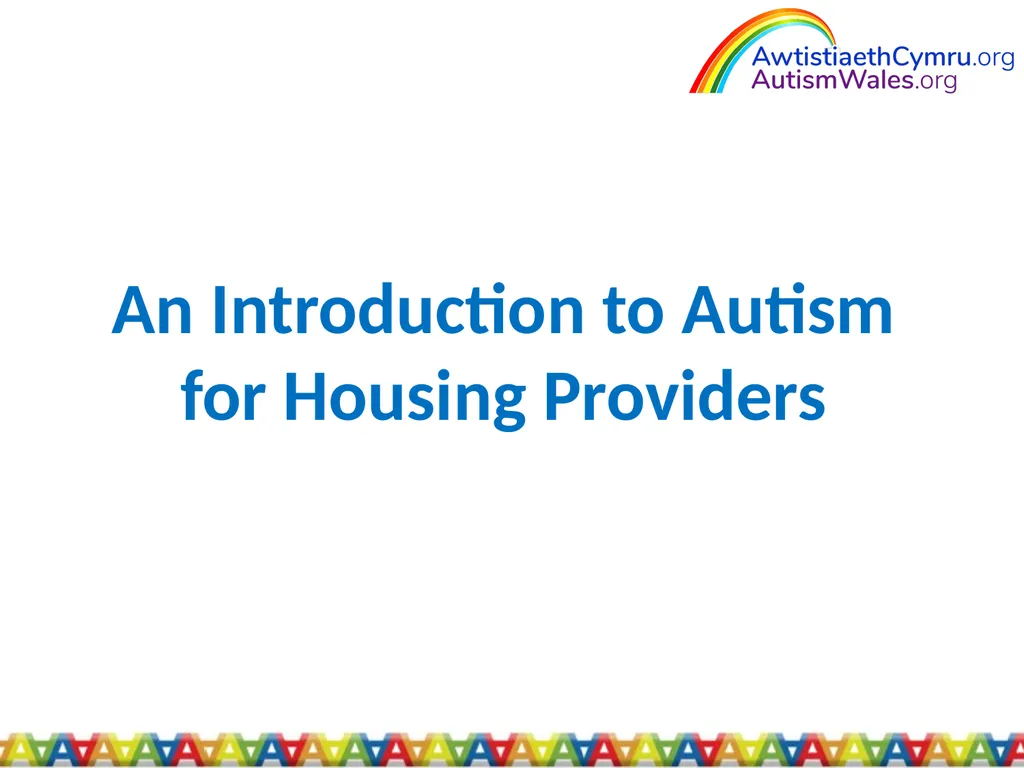An Introduction to Autism for Housing Providers
Author : jane-oiler | Published Date : 2025-05-12
Description: An Introduction to Autism for Housing Providers Autism In this elearning resource we use the word autism to encompass the spectrum of disorders including We refer to an Autism Spectrum because of the way in which the condition affects
Presentation Embed Code
Download Presentation
Download
Presentation The PPT/PDF document
"An Introduction to Autism for Housing Providers" is the property of its rightful owner.
Permission is granted to download and print the materials on this website for personal, non-commercial use only,
and to display it on your personal computer provided you do not modify the materials and that you retain all
copyright notices contained in the materials. By downloading content from our website, you accept the terms of
this agreement.
Transcript:An Introduction to Autism for Housing Providers:
An Introduction to Autism for Housing Providers Autism In this e-learning resource we use the word autism to encompass the spectrum of disorders including: We refer to an Autism ‘Spectrum’ because of the way in which the condition affects individuals can vary SIGNS of Autism Autistic people have impairments in social interaction and verbal communication. The way in which the person is affected varies. These impairments can include difficulties in : understanding social niceties sharing taking turns enjoying conversation showing concern for others using and understanding language Social rules may not be understood and additional support or advice may be needed with queuing, turn taking and team activities. Autistic people may interpret language literally and so may misunderstand idioms (“pull your socks up”) and metaphors (“my head was spinning”). Letters that are unclear or unstructured maybe missed or misunderstood Making and maintaining friendships may be difficult, leading to social isolation Autistic people may not enjoy conversation in the same way, and therefore prefer to discuss factual issues rather than enjoying the interaction with another. Talking on the phone may be difficult Here are some ways that you can adapt your communication to help autistic people : Here are some ways that you can adapt your communication to help autistic people: Practice example 1 John, an autistic adult, needs to report a problem to his housing provider. He calls the number provided to him and hears a recorded menu. John panics and hangs up and is now worried how to let them know about his problem. What could be the problem? How could you help John? John always finds talking on the phone anxiety provoking, he worries he doesn’t know who he is talking to and is unsure how to work out when it is his turn to speak when he can’t. An additional barrier is now the recorded menu, he doesn’t understand the options and is worried he’ll choose the wrong one. The housing provider could have provided him with an email address instead, or a number to contact via text. They could also have given him a written list of the phone menu options so he was able to choose the correct option. Autistic people experience reduced imagination, ideas and creativity. Again, the extent varies from one person to another. The impact of this can be affect many areas of daily life and may include difficulties in: predicting reactions














